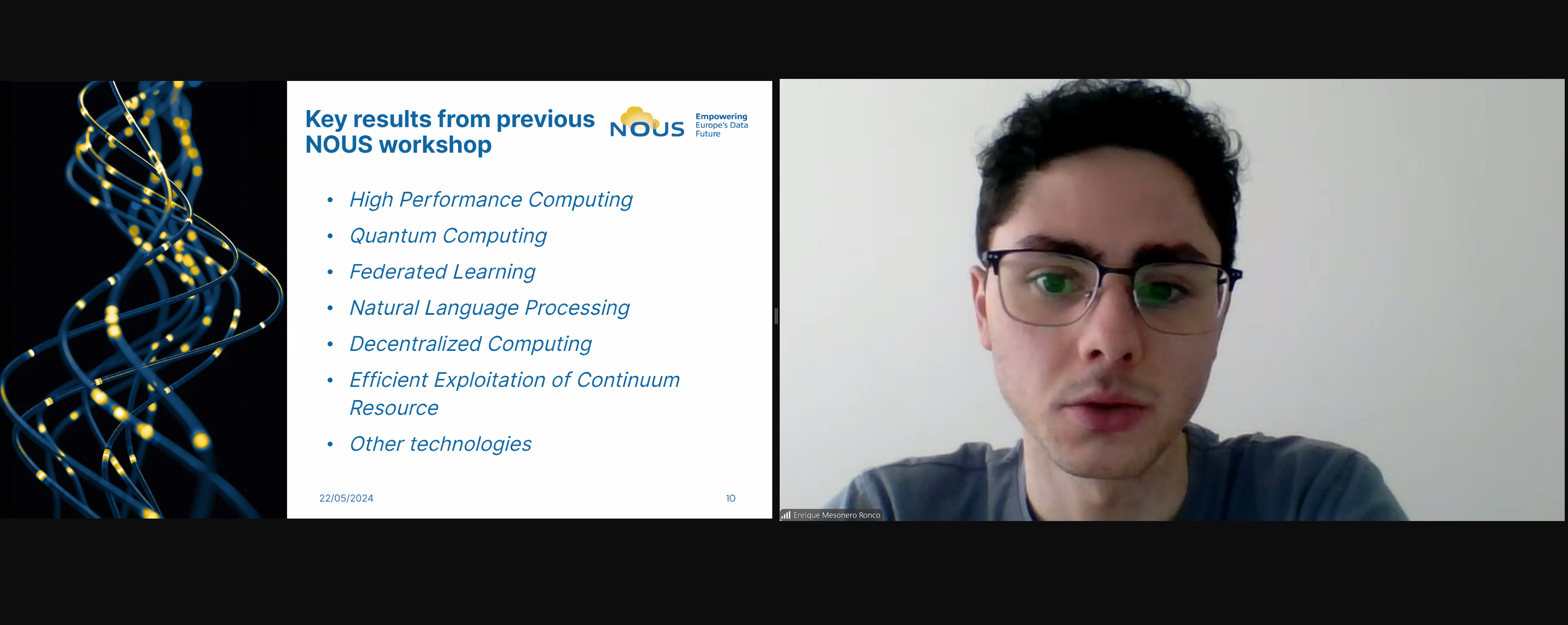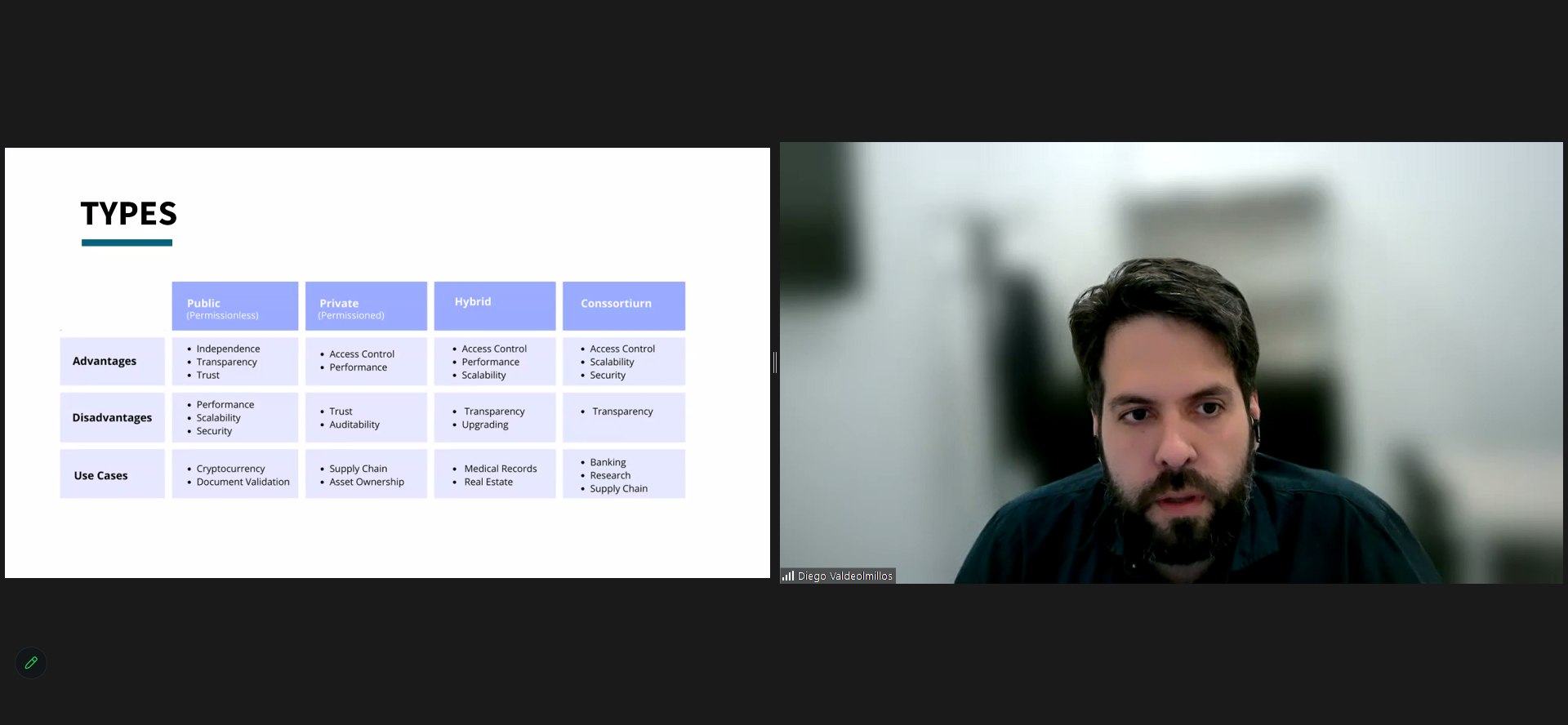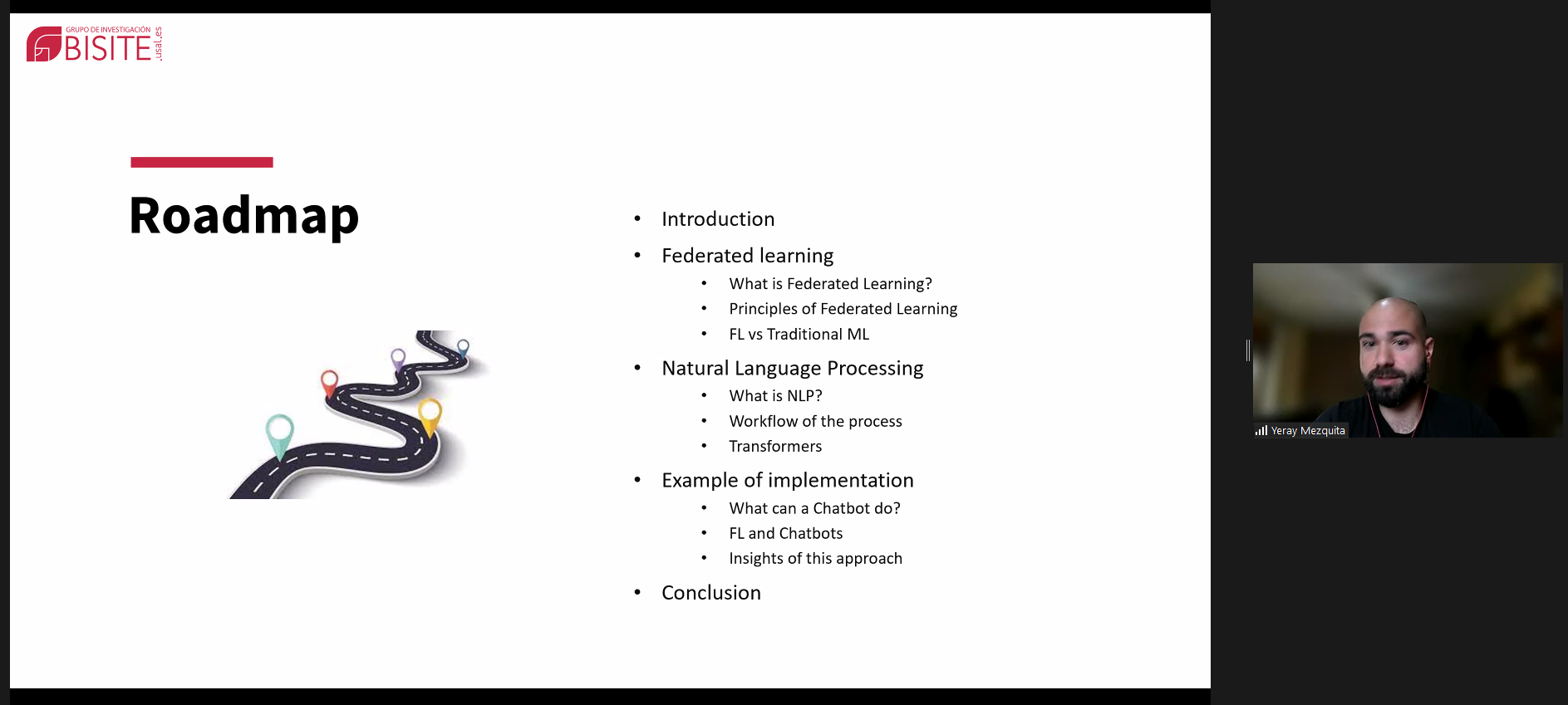Successful NOUS project workshop on Cloud, Edge and Quantum in Cross-Border Innovation
The NOUS project organised an open workshop on "Merging Cloud, Edge and Quantum in Cross-Border Innovation: The Cornerstone of Europe's New Digital Era". This event was part of the activities planned to explore the impact of Cloud, Edge and Quantum technologies in cross-border innovation, focusing on their development and efficient operation.
The workshop, organised online by AIR Institute, started with an introduction by Alberto Montero, who explained the objectives and methodology of the NOUS project, in order to provide an overview of the strategies employed to achieve them.

The European NOUS project, whose full name is "A Catalyst for European Cloud Services in the Era of Data Spaces, High-Performance and Edge Computing", focuses on the development of a European cloud services architecture that facilitates the use of multiple computational and data storage resources.
The workshop has been developed to deepen the understanding of other technologies and how they will be of great use for the advancement of the project. Diego Valdeolmillos, researcher at the AIR Institute, gave a presentation on the numerous applications of Distributed Ledger Technologies (DLT). He presented the innovations and applications of blockchain and how these technologies can revolutionise supply chain management, product traceability, electronic voting, digital identity management, smart contracts and other fields, highlighting their potential to transform various sectors.

On the other hand, Yeray Mezquita gave a talk on "Federated Learning and Natural Language Processing for Secure Customer Service Chatbots". In this presentation, Yeray explored the fusion of Federated Learning (FL) and Natural Language Processing (NLP) in the context of customer service chatbots. He described how FL enables the decentralised training of machine learning models while preserving data privacy. He also explained the NLP techniques used to generate consistent responses to user queries and presented an illustrative example of how FL facilitates collaborative learning while safeguarding sensitive information, culminating in an efficient and secure customer service solution.

The presentations were followed by the creation of an interactive mural. This mural summarised the main guidelines that will guide the future actions of the project, aimed at consolidating computational and data storage resources. In addition, a space was provided for participants to ask questions and share their concerns and opinions, encouraging a constructive dialogue.